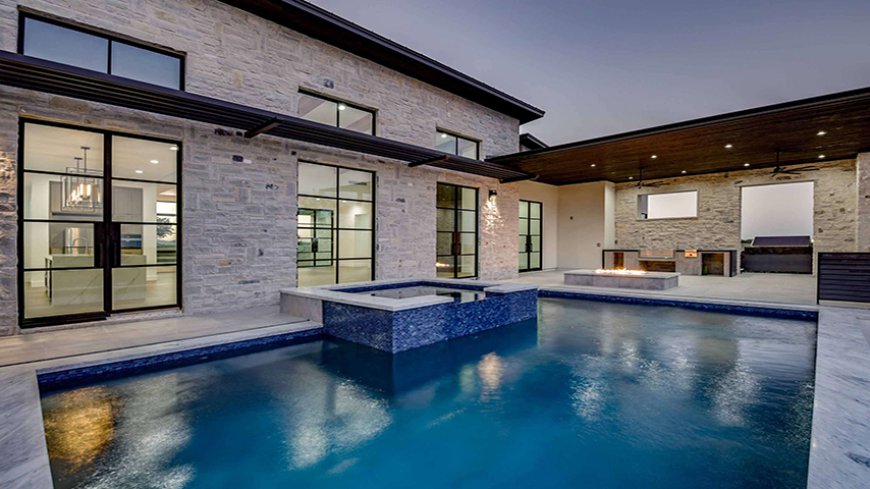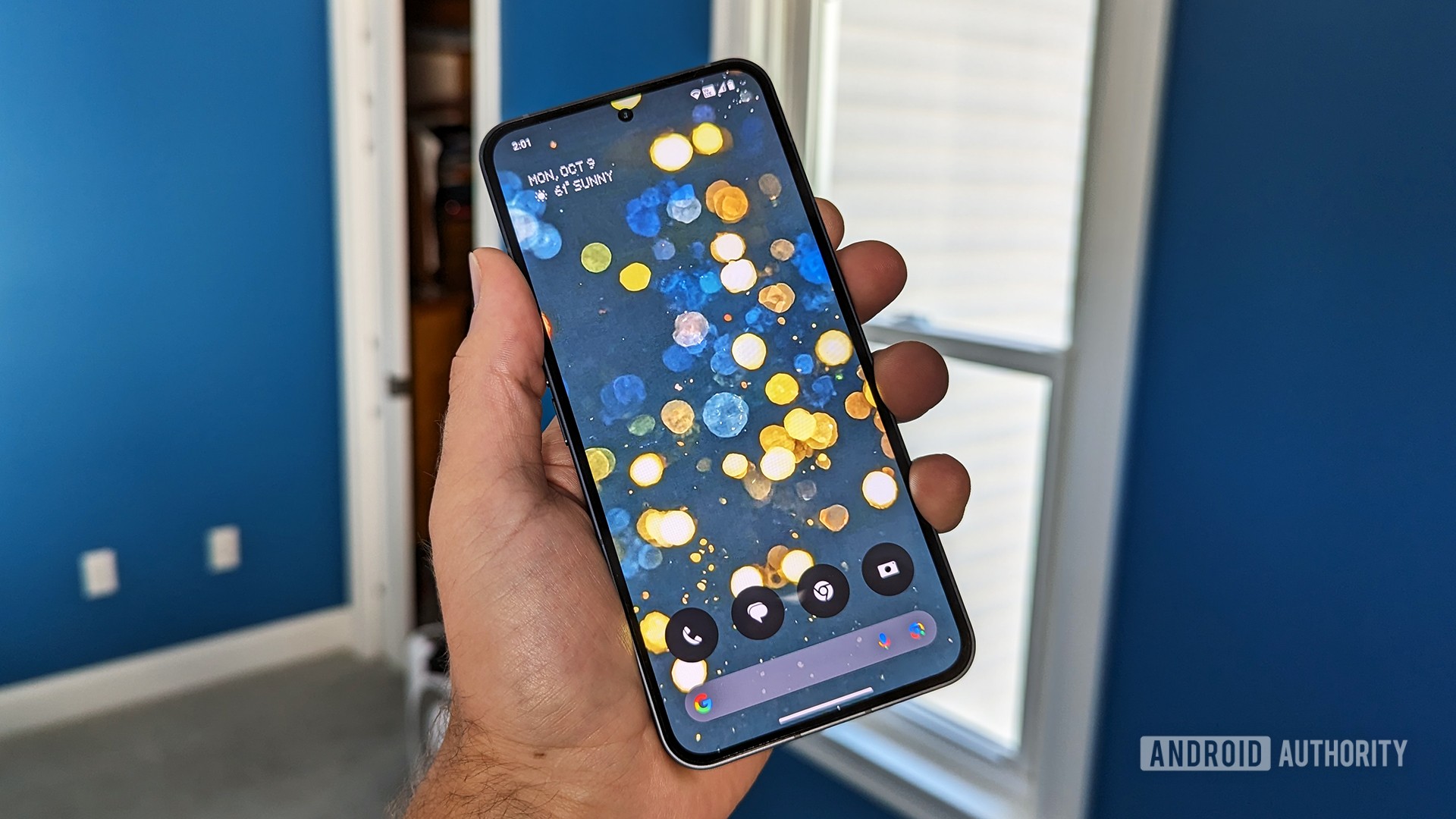The Rise of Real Estate Drone Photography: Transforming Property Marketing

In the dynamic world of real estate marketing, staying ahead often means embracing cutting-edge technologies. One such technology, drone photography, has revolutionized the way properties are showcased and marketed. From sprawling estates to urban condominiums, real estate drone photography offers unparalleled perspectives and benefits that traditional methods simply cannot match.
Understanding Real Estate Drone Photography
Drone photography involves the use of unmanned aerial vehicles (UAVs) equipped with high-resolution cameras to capture aerial images and videos of properties. This technology allows real estate agents, developers, and marketers to present properties from unique angles and provide potential buyers with comprehensive views of both the property and its surroundings.
Benefits of Using Drones in Real Estate Photography
Aerial Perspectives:
Drones provide stunning aerial views that showcase the entire property layout, landscaping, and neighborhood context. This perspective gives potential buyers a better sense of the property's size, layout, and surroundings than traditional ground-level photography.
Enhanced Property Listings:
Listings featuring drone photography tend to attract more attention online and stand out in competitive markets. High-quality aerial imagery can effectively highlight key selling points such as large plots of land, waterfront views, or unique architectural features.
Cost-Effectiveness:
While drone technology was once considered a luxury, it has become increasingly accessible and cost-effective. Compared to hiring helicopters or planes for aerial shots, drones offer a more affordable alternative with comparable image quality.
Improved Marketing Campaigns:
Drones enable real estate marketers to create compelling visual content for digital and print marketing materials. From virtual tours and promotional videos to social media campaigns, aerial footage captivates audiences and boosts engagement.
Competitive Edge:
Adopting drone technology demonstrates a commitment to innovation and modernity, setting real estate professionals apart in a crowded market. It signals to clients and competitors alike that the agency embraces advanced tools to deliver superior services.
Practical Applications of Drone Photography in Real Estate
Large Estates and Luxury Properties:
For expansive estates and luxury homes, drone photography captures the grandeur of the property's architecture, sprawling grounds, and scenic views, offering potential buyers a comprehensive view of the entire estate.
Urban Developments and Commercial Properties:
In urban settings, drones can navigate tight spaces and capture aerial views of commercial properties, office buildings, and retail centers. This capability is invaluable for showcasing proximity to amenities, transportation links, and surrounding infrastructure.
Construction and Development Monitoring:
Drones are increasingly used for monitoring construction progress and documenting the various stages of development. This application provides stakeholders with up-to-date visuals and facilitates project management.
Environmental Assessments:
Before purchasing or developing land, drones can conduct environmental assessments by capturing aerial data on terrain, vegetation, and neighboring properties. This information aids in informed decision-making and compliance with environmental regulations.
Challenges and Considerations
While drone photography offers numerous advantages, it is not without challenges. Factors such as weather conditions, airspace regulations, and technical limitations can affect the feasibility and safety of drone operations. Moreover, obtaining proper permissions and certifications for commercial drone use is essential to ensure compliance with local laws and regulations.
Future Trends and Innovations
Looking ahead, advancements in drone technology promise even more exciting possibilities for real estate marketing. Enhanced camera capabilities, longer flight times, and improved automation will further streamline the process of capturing, editing, and distributing aerial footage. Additionally, integrating drones with virtual reality (VR) and augmented reality (AR) technologies could revolutionize property viewings and client interactions.
Conclusion
Real estate drone photography represents a transformative shift in property marketing, offering unparalleled visual perspectives that elevate listings and engage prospective buyers. As technology continues to evolve, harnessing the power of drones will be crucial for real estate professionals aiming to differentiate themselves, enhance marketing efforts, and provide clients with exceptional service in an increasingly competitive market.
What's Your Reaction?
 Like
0
Like
0
 Dislike
0
Dislike
0
 Love
0
Love
0
 Funny
0
Funny
0
 Angry
0
Angry
0
 Sad
0
Sad
0
 Wow
0
Wow
0











































